public folder calendar vs shared mailbox calendar
Associated Articles: public folder calendar vs shared mailbox calendar
Introduction
With enthusiasm, let’s navigate by way of the intriguing matter associated to public folder calendar vs shared mailbox calendar. Let’s weave attention-grabbing data and supply contemporary views to the readers.
Desk of Content material
Public Folder Calendar vs. Shared Mailbox Calendar: Selecting the Proper Software for Collaboration
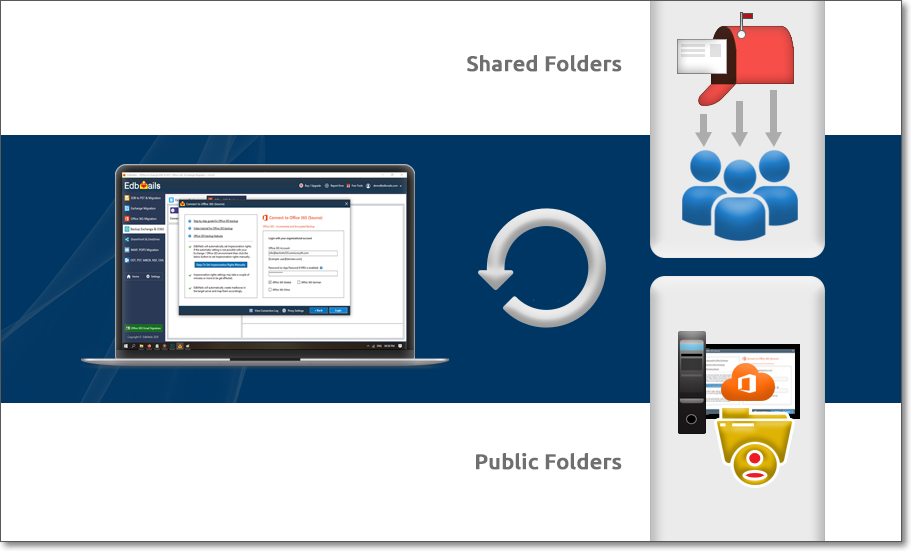
In right this moment’s collaborative work setting, successfully managing schedules and appointments is essential. Microsoft affords two major strategies for sharing calendars: public folders and shared mailboxes. Whereas each permit a number of customers to view and, in some circumstances, modify a calendar, they differ considerably of their performance, permissions, and general suitability for numerous situations. Choosing the proper device relies upon closely in your group’s wants and the particular use case. This text delves deep into the nuances of public folder calendars and shared mailbox calendars, evaluating their options, limitations, and best-use circumstances that will help you make an knowledgeable choice.
Public Folder Calendars: A Legacy Method with Restricted Performance
Public folders have been a staple of Microsoft Alternate for years, offering a centralized location for storing numerous sorts of data, together with calendars. A public folder calendar permits a number of customers to view the occasions scheduled inside. The important thing attribute of a public folder calendar is its read-only nature for many customers. Whereas an administrator can grant modifying permissions, that is usually not the supposed use case. The first function is to supply a readily accessible, centralized view of occasions, not a collaborative scheduling platform.
Key Options and Limitations of Public Folder Calendars:
- Learn-only entry (usually): The default setting restricts customers to viewing appointments; they can’t create, edit, or delete occasions. Whereas permissions might be adjusted to permit modifying, this typically results in scheduling conflicts and information inconsistencies.
- Restricted collaboration: Whereas a number of customers can view the calendar, true collaboration is hampered by the shortage of options present in shared mailbox calendars. There is no inherent mechanism for accepting or declining invites, and real-time updates are much less environment friendly.
- Centralized administration: Directors have extra management over the general construction and permissions of public folders, making them appropriate for managing data throughout a bigger group.
- Legacy know-how: Public folders are a comparatively older know-how, and their integration with newer functions and providers is perhaps much less seamless in comparison with shared mailboxes.
- Scalability challenges: Managing numerous public folders can grow to be cumbersome, particularly in giant organizations. Efficiency may also degrade with extreme information.
- No computerized scheduling: Public folders lack the options for computerized scheduling and battle decision present in shared mailboxes. This implies guide coordination is critical, rising the danger of double-bookings.
- Restricted model historical past: Whereas some versioning is perhaps accessible relying on the underlying Alternate server configuration, it is not a core function like in another collaboration instruments.
- Safety issues: Granting edit permissions to a number of customers on a public folder calendar will increase the danger of unintended or malicious information modification. Cautious permission administration is essential.
Shared Mailbox Calendars: A Collaborative Scheduling Powerhouse
Shared mailboxes characterize a extra trendy and versatile strategy to calendar sharing. They provide a central location for a workforce to handle appointments and occasions, fostering true collaboration and environment friendly scheduling. In contrast to public folders, shared mailboxes are designed for collaborative modifying, permitting a number of customers to create, modify, and delete occasions.
Key Options and Benefits of Shared Mailbox Calendars:
- Collaborative modifying: A number of customers can concurrently create, edit, and delete appointments. This facilitates real-time collaboration and simplifies scheduling processes.
- Assembly invites and responses: Shared mailbox calendars seamlessly combine with Outlook’s assembly scheduling options, enabling customers to ship invites, obtain responses, and handle attendee lists effectively.
- Calendar delegation: Directors can delegate calendar administration tasks to particular customers, offering flexibility and streamlining workflows.
- Integration with different Microsoft providers: Shared mailboxes combine nicely with different Microsoft 365 providers, reminiscent of Groups and SharePoint, enhancing general productiveness.
- Improved safety: Wonderful-grained permission controls permit directors to exactly outline consumer entry ranges, minimizing the danger of unauthorized modifications.
- Useful resource scheduling: Shared mailboxes are perfect for managing shared assets like assembly rooms or tools. Customers can guide these assets immediately by way of the calendar, eliminating scheduling conflicts.
- Automated scheduling help: Outlook’s scheduling assistant helps customers discover instances that work for all attendees, lowering the back-and-forth communication typically required with public folders.
- Model historical past (implicit): Whereas not explicitly a model historical past function, the modifications are tracked inside the mailbox’s audit log and might be reviewed if wanted.
- Scalability and efficiency: Shared mailboxes are usually higher optimized for scalability and efficiency in comparison with public folders, particularly in giant organizations.
Selecting Between Public Folder Calendars and Shared Mailbox Calendars:
The choice of whether or not to make use of a public folder calendar or a shared mailbox calendar depends upon a number of elements:
- Degree of collaboration: When you want a really collaborative calendar the place a number of customers can create and edit occasions, a shared mailbox is the higher selection. Public folders are primarily for read-only entry.
- Want for assembly invites and responses: Shared mailboxes present seamless integration with Outlook’s assembly scheduling options, making them splendid for managing appointments requiring invites and responses.
- Useful resource scheduling: Shared mailboxes are superior for managing shared assets like assembly rooms or tools.
- Group dimension and complexity: For smaller organizations with easier scheduling wants, public folders would possibly suffice. Nonetheless, bigger organizations with advanced scheduling necessities profit from the scalability and superior options of shared mailboxes.
- Technical experience: Managing public folders can require extra technical experience in comparison with shared mailboxes.
- Safety necessities: Each supply safety features, however shared mailboxes present extra granular management over permissions, making them safer for delicate data.
Greatest Use Instances:
- Public Folder Calendars: Appropriate for displaying a read-only schedule of occasions, reminiscent of an organization vacation calendar or a division’s basic availability. They could even be used for archiving historic calendar information.
- Shared Mailbox Calendars: Excellent for workforce calendars, useful resource scheduling, venture administration, and any situation requiring collaborative scheduling and appointment administration.
Conclusion:
Whereas public folder calendars supply a easy method to share calendar data, their limitations in collaboration and performance make them much less appropriate for many trendy work environments. Shared mailboxes, however, present a strong and versatile resolution for collaborative scheduling, useful resource administration, and environment friendly appointment administration. By understanding the important thing variations between these two approaches, organizations can select the precise device to optimize their scheduling processes and improve workforce productiveness. Generally, the superior options and collaborative capabilities of shared mailboxes make them the popular selection for managing calendars in a contemporary office. Nonetheless, public folders would possibly nonetheless have a distinct segment software for easy, read-only calendar shows. Cautious consideration of your particular necessities is essential to creating the perfect choice on your group.
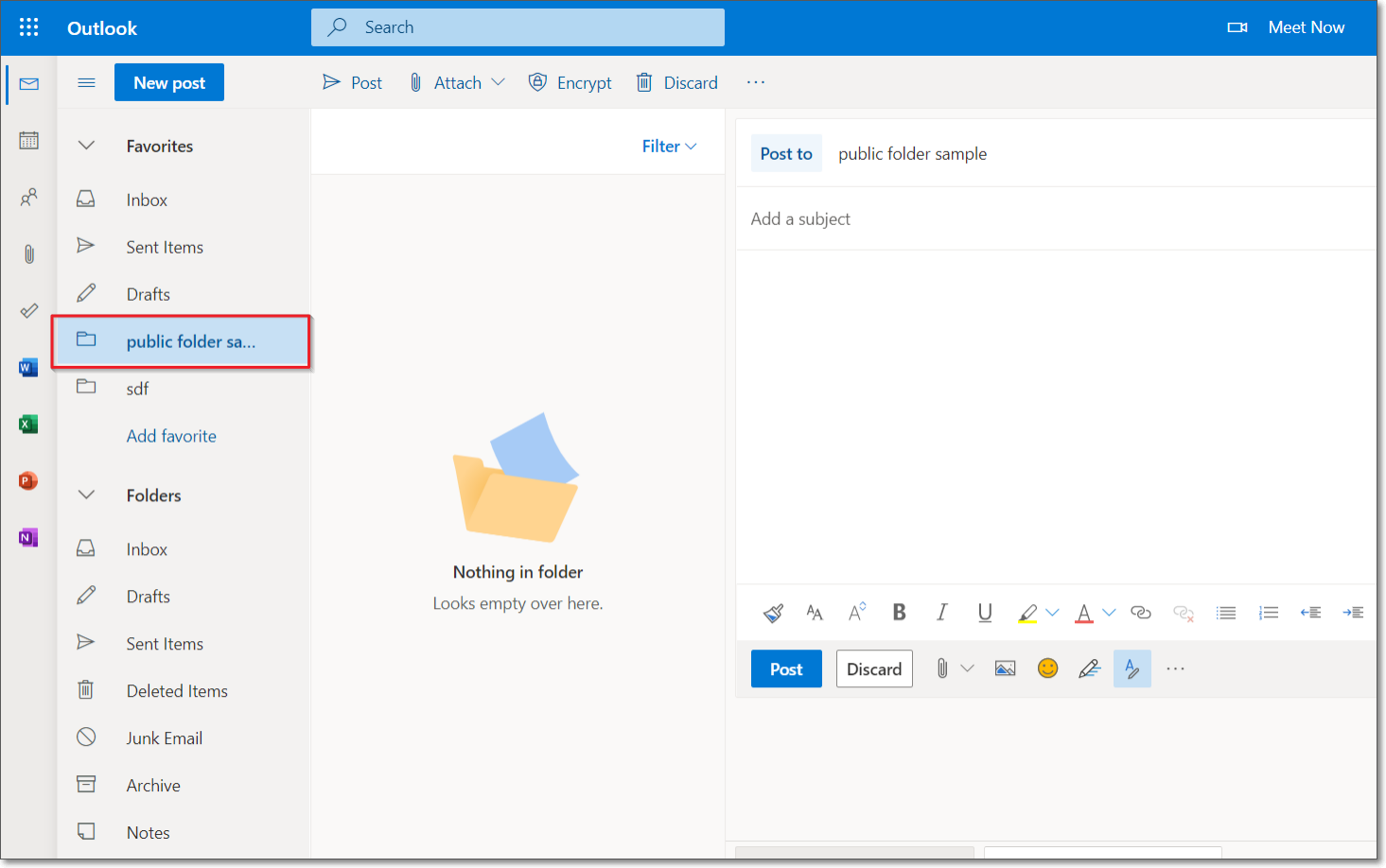

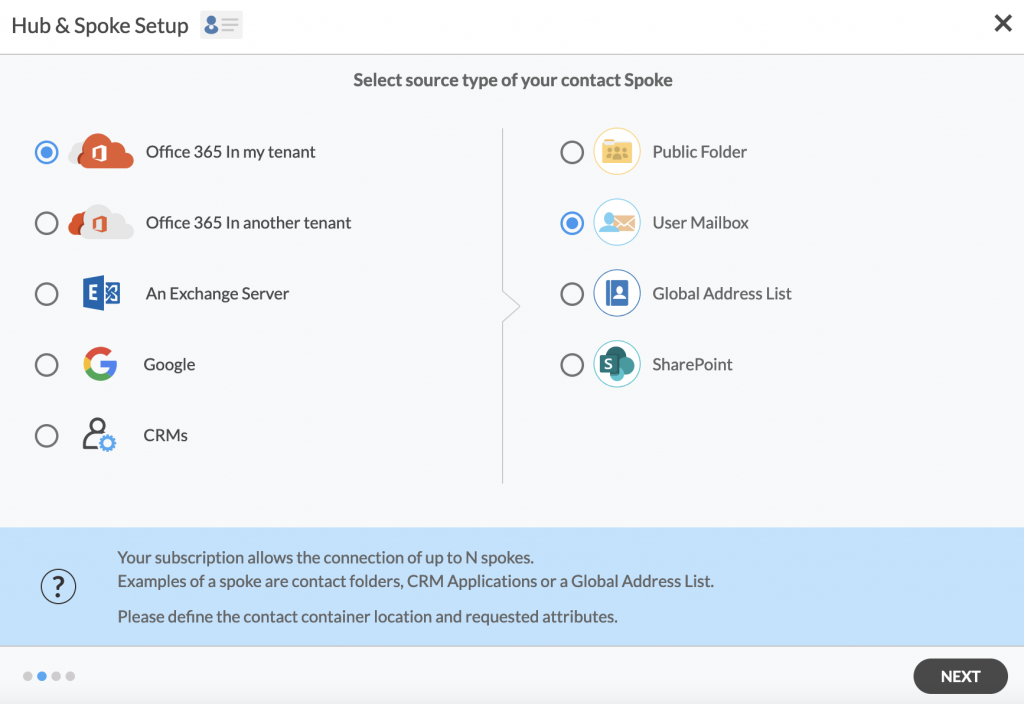

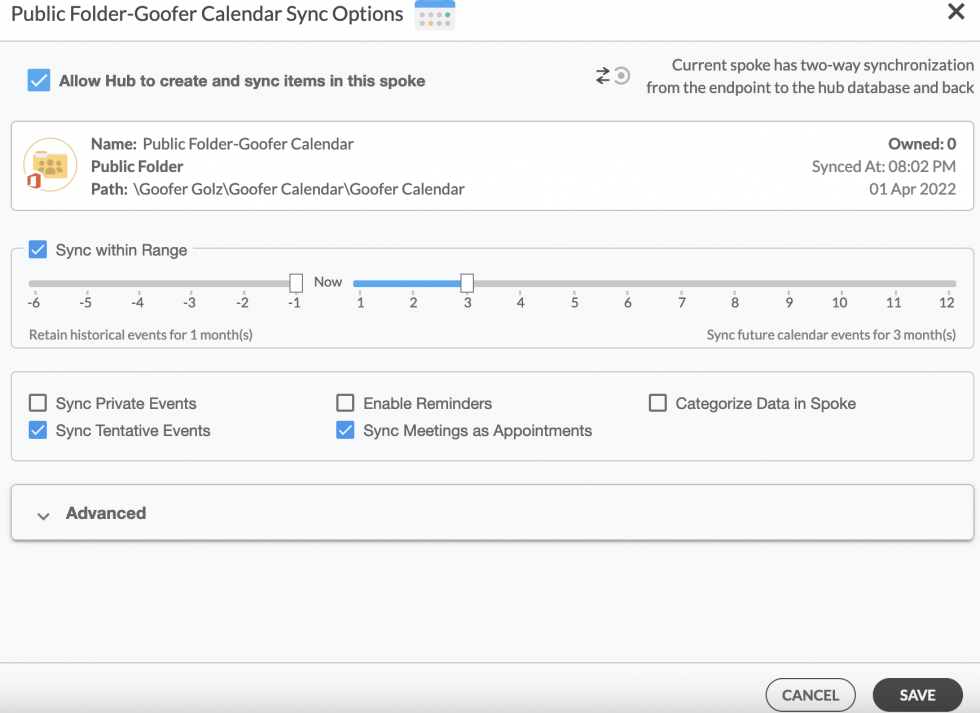
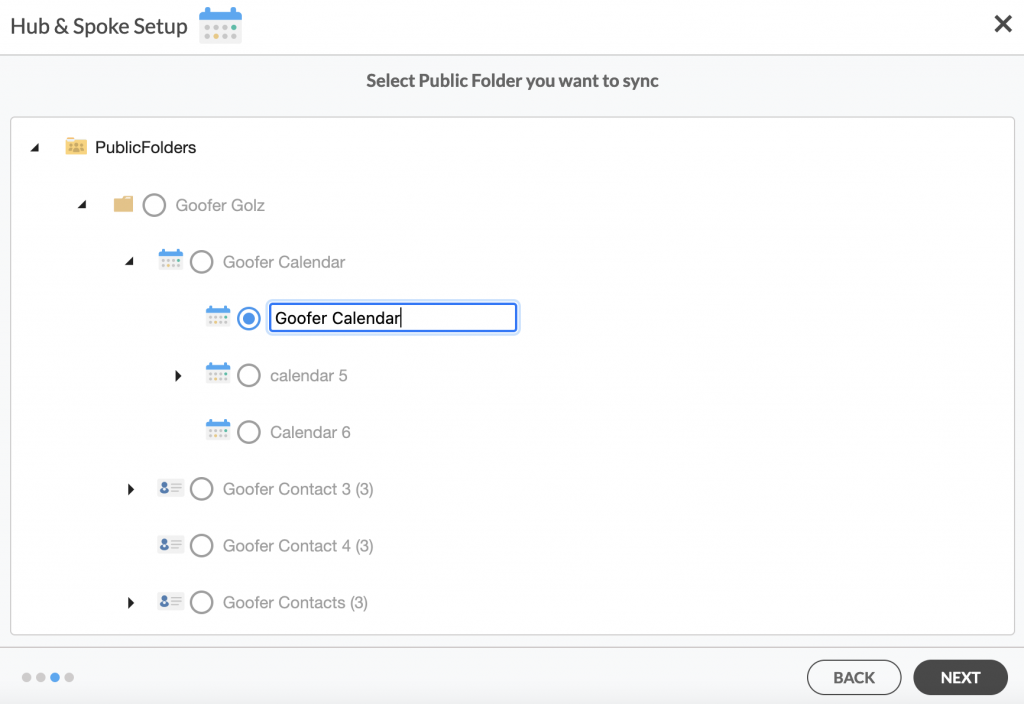

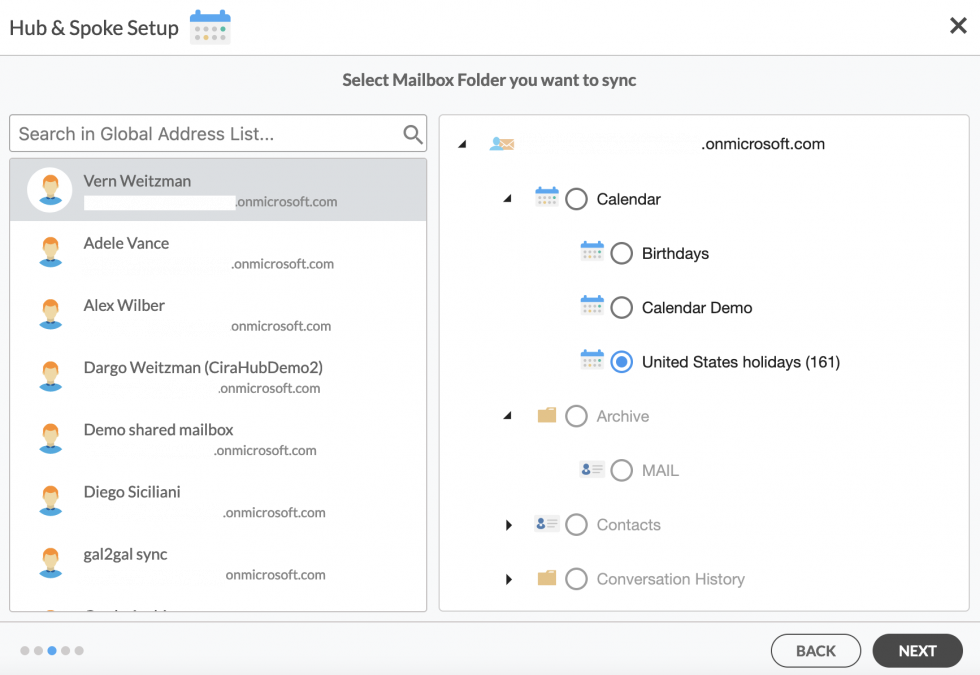
Closure
Thus, we hope this text has offered beneficial insights into public folder calendar vs shared mailbox calendar. We thanks for taking the time to learn this text. See you in our subsequent article!